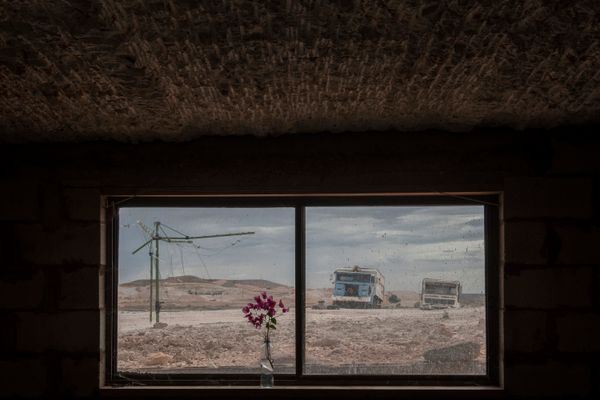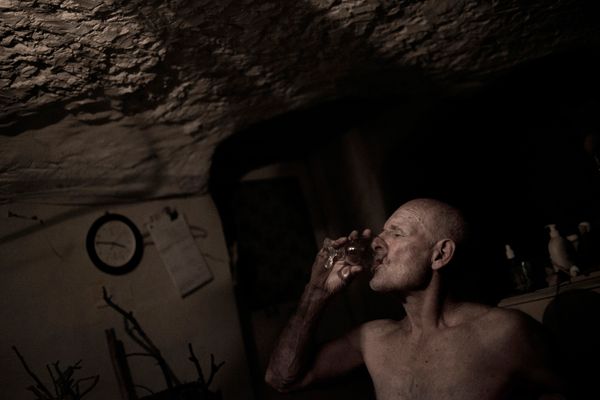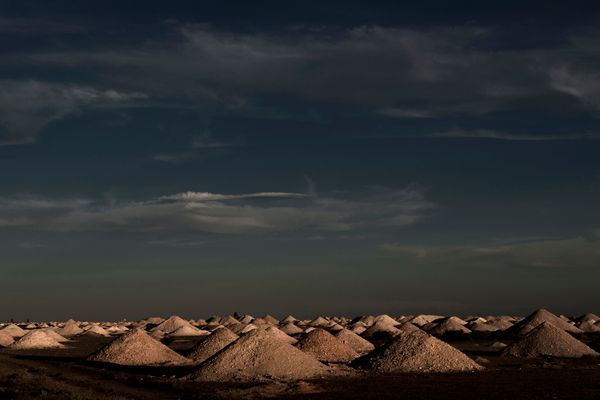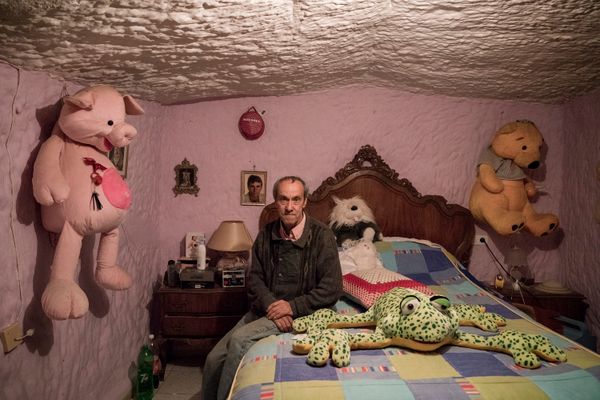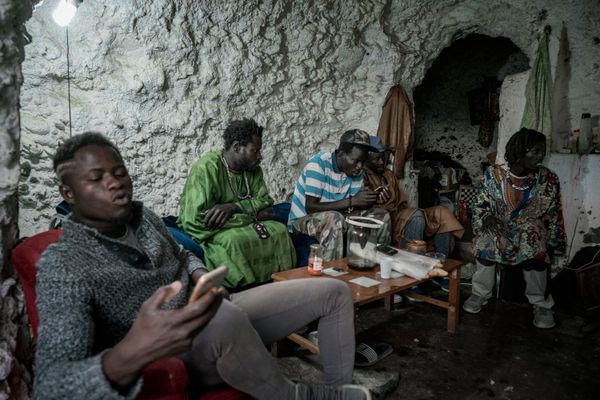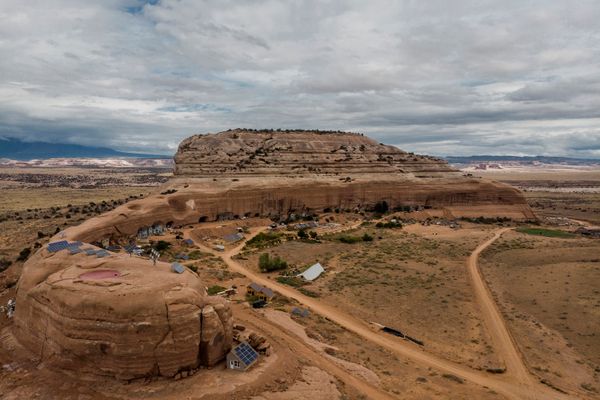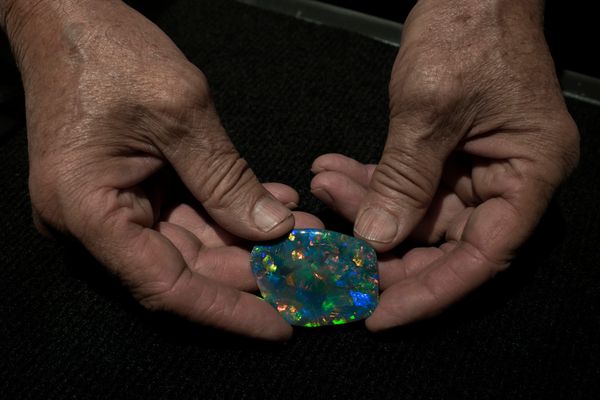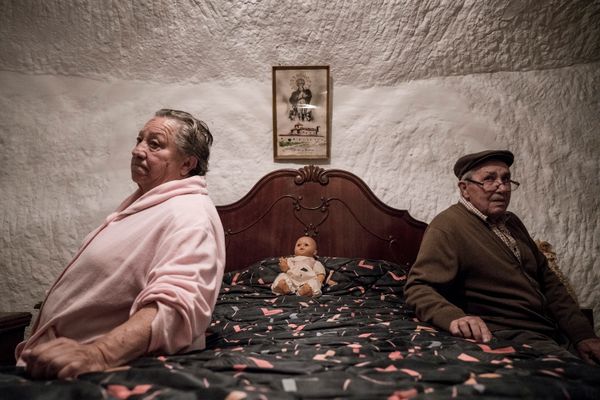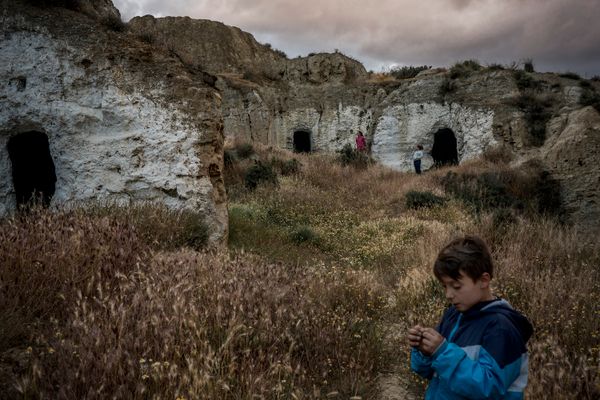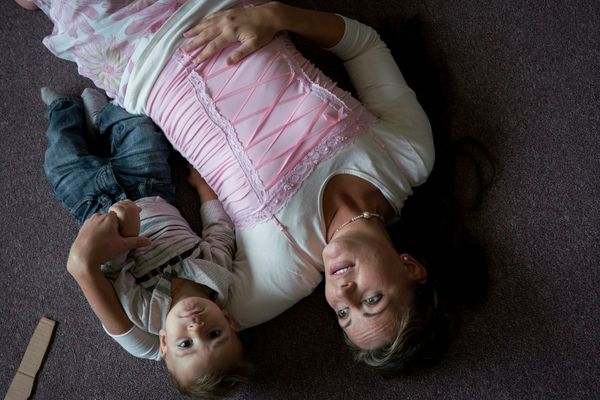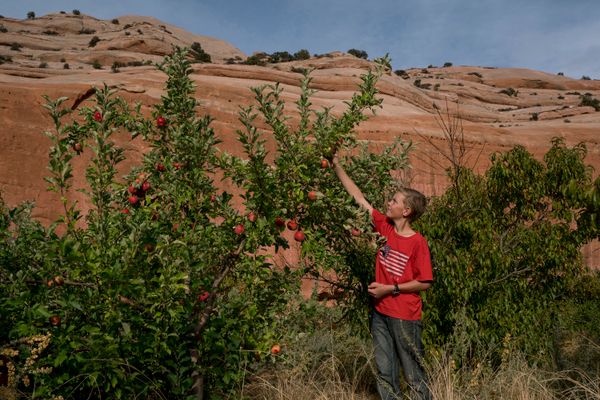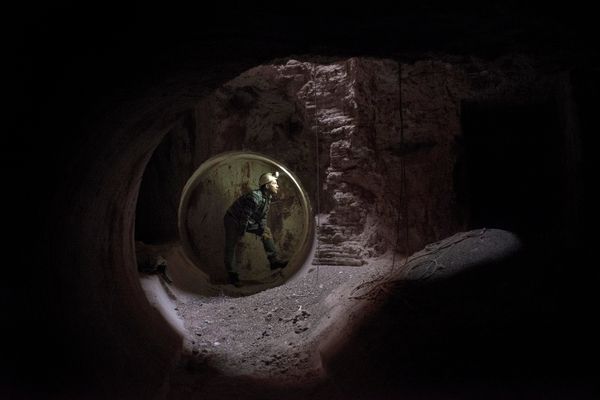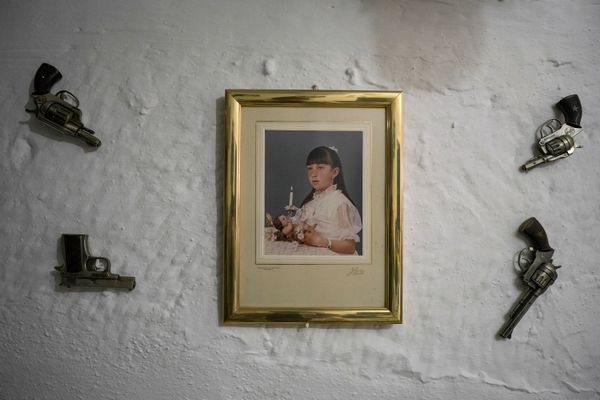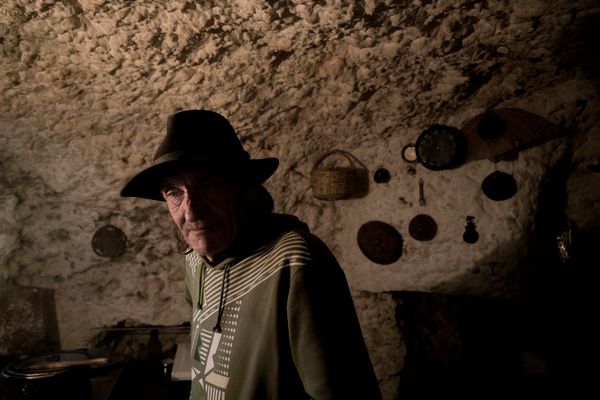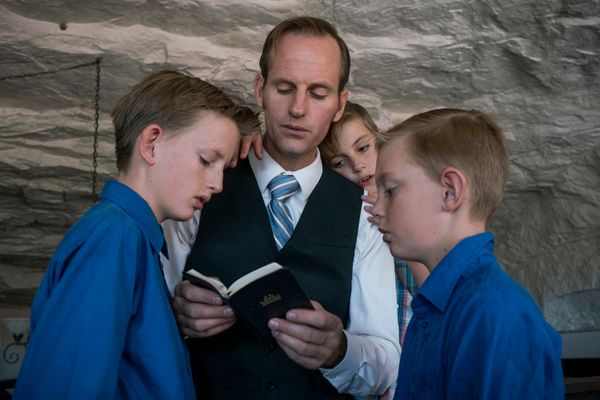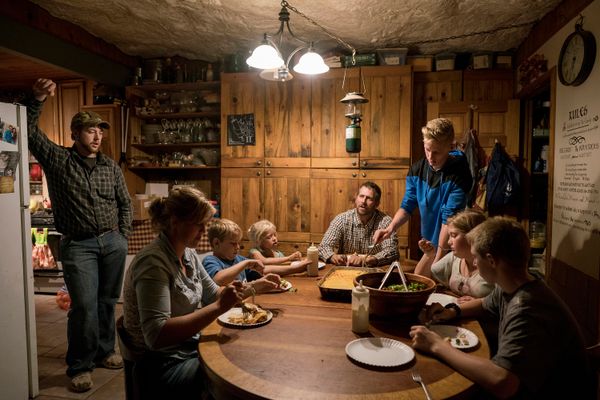Underland
-
Dates2015 - Ongoing
-
Author
The caves have been the residence most used by men since prehistoric times. In the Paleolithic age, humans used natural caves as shelters, but in the Neolithic times they started to dig them in the stone or earth to build houses. This is linked with certain socio-cultural, climatic, economical and religious factors and each one of the communities that I have documented for this story has its own reason that drives them to live underground. The security and isolation that prehistoric communities found in these primitive natural shelters are still use today by modern communities like the ones I mention below.
The first seven pictures (01-07) belong to Coober Pedy, a town located in the southern Australian outback that inhabits a subterranean culture, in which the majority of the population lives in underground houses called dugouts. This is an unconventional town where most of the inhabitants search for opal, a valuable gemstone worth millions. The next seven pictures (08-14) belong to Andalucía, Spain where people have been living in caves for more than 500 years. Cave building in southern Spain started when the Arabs Muslims brought the tradition with them from the troglodyte communities of North Africa and nowadays this is the biggest cave settlement in Europe. The last six pictures (15-20) belong to Utah, United States where a polygamist Mormon community lives in caves inside a rock since 1975. This rock is like Noah's Ark for them and will protect the entire community from the eventual apocalypses and will never be destroyed by any natural disasters. This community is also 100% sustainable with renewable energy, having its own solar panel system and a natural water well on top of the rock that provides to all the families in the community.
This project aims to illustrate the human condition and the important relationship between human beings and the environment in which they choose to live. Because we all inhabit the world in different ways, but in one way or another, we all have a strong relationship with the environment that surrounds us. Nowadays there are more than 60 million people living underground around the world and during the next year I hope to be able to document one community living underground in each continent in order to continue my ongoing project “Underland” that documents subterranean communities around the world.
The funds will be used to document the Berber community, who has been digging out homes in the ground for more than a thousand years in Matmata, Tunisia, Africa. This Tunisian subterranean community is a remarkable example of how well human beings can adjust to their environment in order to survive from the extreme heat and the harsh environmental conditions. Nowadays just a few remaining families still inhabit the underground houses who affirm they are attached to their homes and land, and will keep their tradition alive. This new chapter will follow the same methodology of work and visual narrative already developed with the previous three stories. The funds would go towards my travel expenses, accommodation, food and transportation in Matmata and to work with a local anthropologist in order to have a deeper understanding and access to the information that I require in order to share the global importance of this story.

